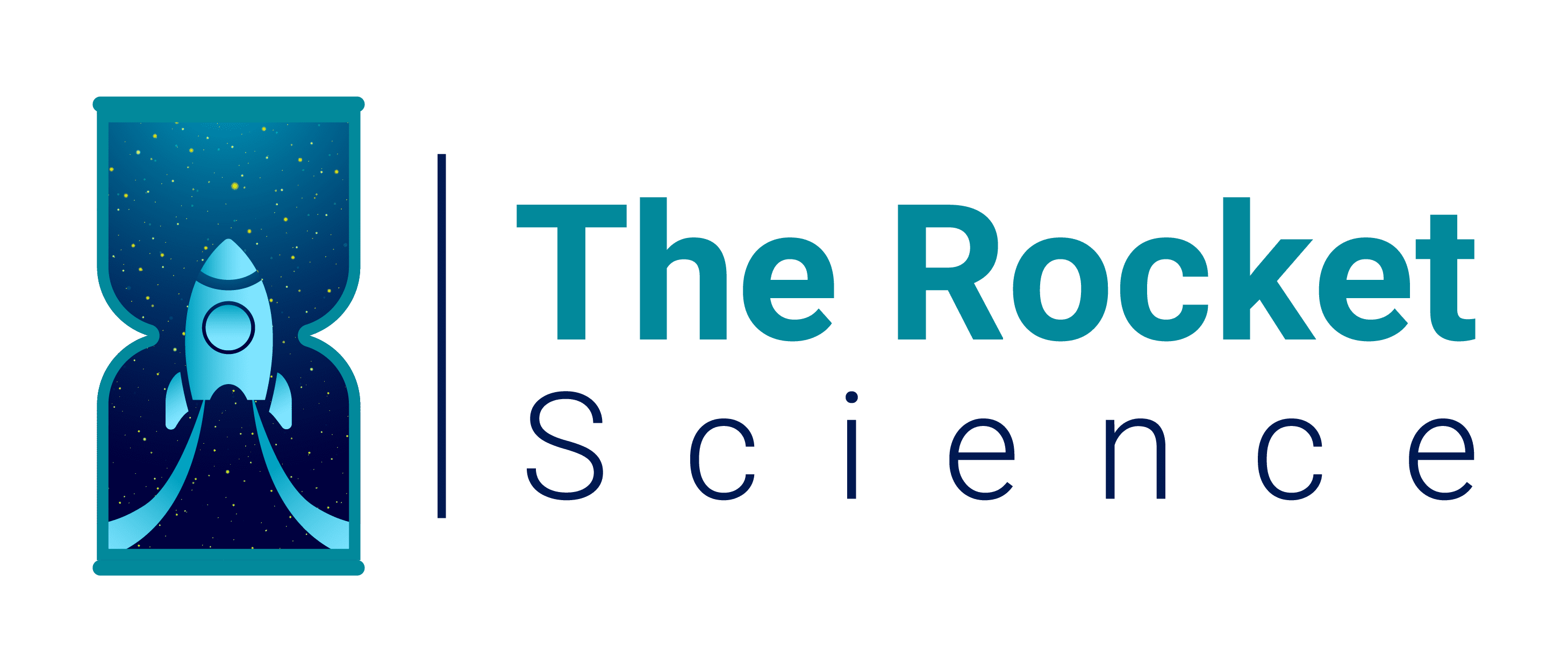How Scientists Can Now Predict Outbreaks With Social Media And Search Engines
As we strive to move past the devastation that was 2020, it’s imperative to acknowledge that the threat of future pandemics looms large. Recent research suggests that the frequency of new pandemics affecting humans is on the rise, with the risk of outbreaks expected to triple in the coming decades.

Gabriel Katul, a Duke University researcher, warns against complacency, emphasizing the false notion that such catastrophic events are distant possibilities.
Embracing Technological Solutions for Pandemic Preparedness
In response to this pressing need, data scientists are turning to innovative approaches to bolster pandemic preparedness. By tapping into the vast reservoirs of information generated by social media platforms and search engines, they aim to predict the trajectories of infectious diseases and mitigate their spread more effectively. Moreover, these techniques hold promise in managing seasonal health challenges like influenza.
How Does Social Media Play Into Disease Trends?
Recent studies underscore the potential of harnessing aggregated data from platforms such as Google and X (formerly Twitter) to anticipate health trends. By analyzing search queries and social media posts for keywords associated with viral illnesses, researchers can glean early indicators of impending outbreaks. For instance, a 2023 study analyzed 1.3 million posts on X using machine learning algorithms to identify mentions of Lyme disease with an impressive 90 percent accuracy rate.
Leveraging Data for Disease Forecasting
However, leveraging this data for disease forecasting is no simple feat. It entails integrating various variables, including population mobility patterns, disease incubation periods, and vaccination rates, into sophisticated computer models. Despite the complexity, studies have demonstrated promising results. In a 2022 publication in Applied Soft Computing, researchers successfully retrospectively predicted the spread of COVID-19 using social media data with over 90 percent accuracy.
Paving the Way for Future Disease Prevention
The ultimate challenge lies in transitioning these models from theoretical constructs to practical tools for preventing future outbreaks. Achieving this goal hinges on the refinement of algorithms and machine learning techniques to discern intricate patterns within vast datasets. Moreover, ethical considerations surrounding user privacy necessitate the establishment of robust frameworks to safeguard sensitive information.

Embracing the Potential of Big Data in Public Health
As technology continues to evolve, the convergence of big data analytics and public health holds immense promise for revolutionizing disease surveillance and response strategies. Despite the looming specter of future pandemics, there is cause for optimism. By harnessing the power of digital footprints, we can enhance our ability to anticipate, mitigate, and ultimately prevent the spread of infectious diseases. Indeed, necessity remains the driving force behind innovation in the face of adversity.
